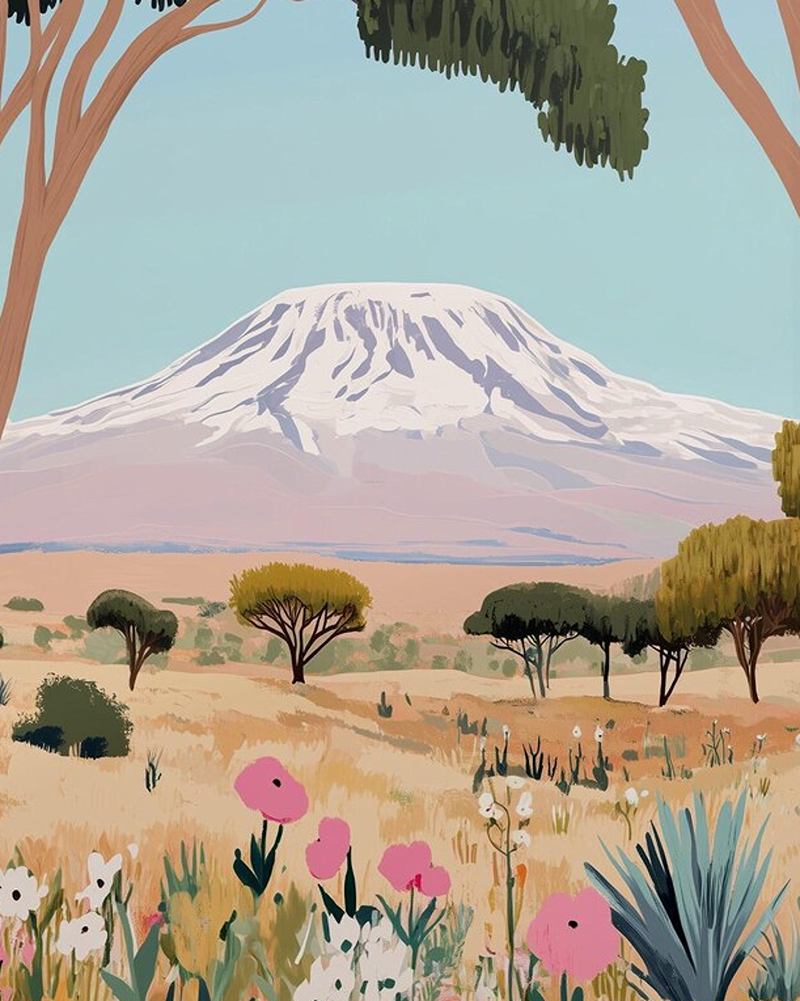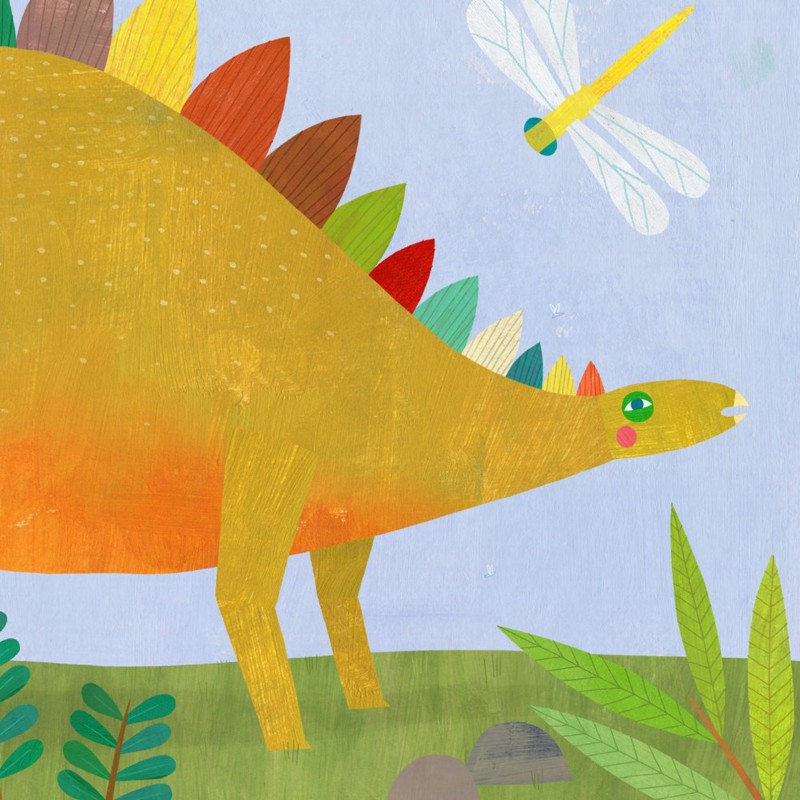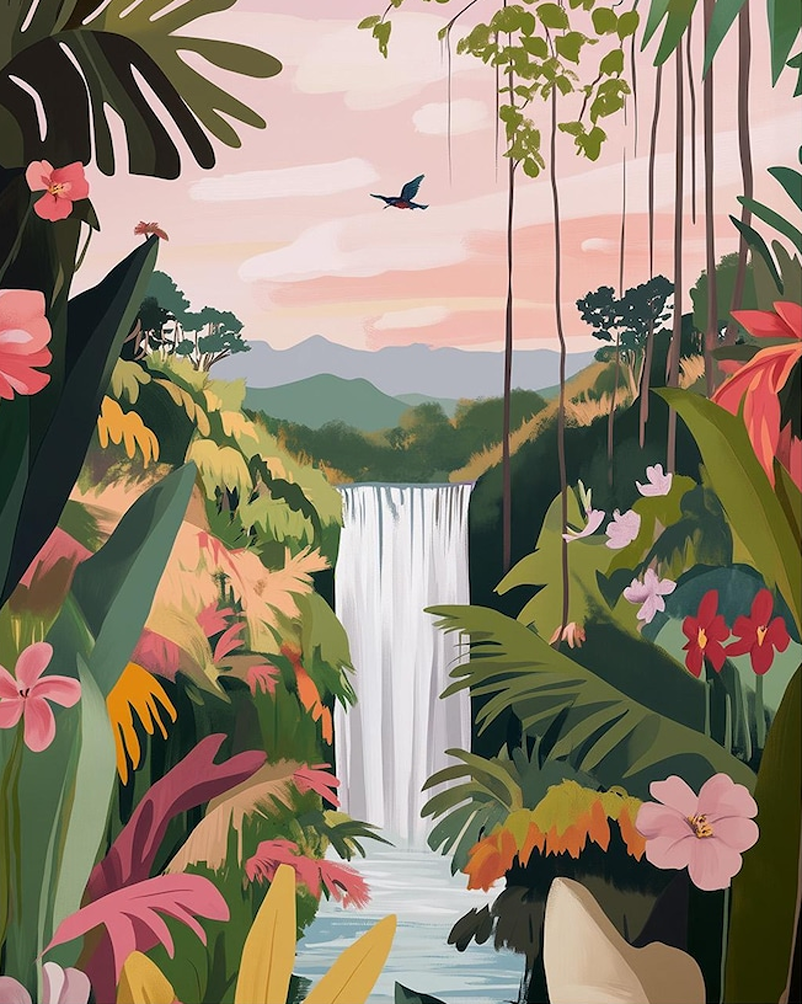How to Help England’s Wild Zig-Zag Hares!

Wild hares are one of England’s most beloved wild creatures. They are very different from wild rabbits, in that they don’t live in burrows (they live above ground in ‘forms’), and have longer ears with black tips. Like rabbits, wild hares are constantly on the run from predators, and run in a very fast zig-zag motion.
Hares are native to Asia, but have lived in England since Roman times. Mostly nocturnal, hares tend to live alone when not breeding. If you see two ‘boxing hares’, this is usually a female fighting off a male, that she’s not interested in!
Most hares only live a few years, though the females may have a few litters each year (weaned within weeks). Due to cereals, hares are more common in Eastern England, and quite rare in southwest England.
Brown hares is England’s main species, in steep decline due to 95% of hay meadows having been lost in the last 100 years. Although winter food is abundance, the absence of spring crops means hares often suffer from food shortage, especially during breeding seasons.
Brown hares eat wild grass and herbs, which is what you would find in hedgerows. So by far the best way to help wild hares, is to restore and plant new hedgerows.
Avoiding pesticides is also important. 30 dead hares were once found in one field, where carrots had been sprayed with pesticide. This is because they had licked off pesticides, sprayed from above.
Farm machinery is also a concern. Although hares can run very fast, if they hear any predator (including tractors), they freeze, so can often be ‘run over’ by such machines.
Mountain hares are more found in Scotland, although some have been rewilded in areas of England, like in Derbyshire’s Peak District. Smaller than brown hares, their coats blend in amid snow, which helps to protect them from predators. They also feed on summer grass, and also eat gorse, willow, birch, rowan and juniper.
Across the border, Irish hares are similar to our brown hares, and again have suffered due to modern farm machinery methods, and the hunting industry. They are now an endangered species.
How Farmers Can Help Wild Hares

Farm Wildlife has detailed information for farmers, to protect wildlife habitats. Mostly by creating natural habitats for feeding and shelter, and leaving undisturbed cover.
Hare Preservation Trust also suggests:
- Providing more grass on arable farms, for summer grazing. Run wide strips of grass across open fields, or have patches of pasture.
- When making silage, cut the field from centre outwards (not outside in) to let hares escape machinery, to neighbouring fields.
- Have ploughed or rough-cultivated areas left for spring crops, for hares to sleep.
- Leave 6 metre uncultivated margins around arable fields. And leave cereal stubbles over winter.
Never Use Snare Traps
Snares cause terrible suffering to all wildlife (and pets that get caught in them). If you have a farm or are a gamekeeper, please remove them all.
Instead follow advice above on how to provide natural habitats, without harm to hares or other creatures.
Hare Hunting and Coursing is Illegal
A few years ago, most hunting with dogs was made illegal, and this remains the case. Hare hunting (using beagles or bassets) and hare coursing (using sighthounds) are both illegal. However, it’s still legal for landowners to shoot hares on their own land (or if authorised by others to do so).
This is usually done for ‘pest control’ purposes, like hares eating crops. And unlike most species, there is no ‘closed season’ to do this (apart from Sundays and Christmas Day).
There is presently a Bill going through Parliament to hopefully change this, to bring England and Wales into line with Scotland and Northern Ireland, which both have closed seasons.
Write to your MP, to ask him or her to support the upcoming Bill.
You can report concerns about illegal hunting or coursing to Animal Crimewatch and National Wildlife Crime Unit (can be anonymous)
How to Help Injured or Orphaned Hares
As with all wildlife, always observe first, as parents are usually nearby (hares will return to feed at dusk).
If you do find a wild hare that needs help, Hare Preservation Trust has detailed advice on what to do. You can also contact them and your local wildlife rescue for help and advice.
You can also visit Moon Gazers, a website by the founder, dedicated to the care of orphaned leverets and juvenile hares. Leverets are very highly strung, so need to be kept in a quiet area. Obviously away from cats and dogs.
A Memoir of Helping a Wild Leveret
Raising Hare is the touching story of a political advisor who left the city, to return to her childhood countryside home. And ended up raising a baby hare (leveret) that she found, alone and injured.
She bottle-fed it, and watched the hare ‘drum on her duvet cover’ for attention. The little hare would even run in from the field, to snooze in her house, for hours on end.
But compelled to give this brave little creature a chance of survival, she knows the hare will have to return to live in the wild. This story of trust and hope, is where we least expect it.
For children, read I Am Hattie the Hare by poet Pam Ayres. Learn how hares live in the countryside, what they eat, what their perfect habitats are – and how to tell them apart from rabbits!






